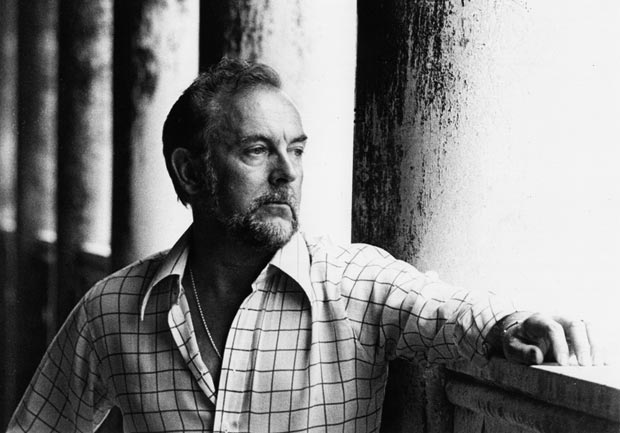
Peter Darrell Trust – www.peterdarrell.org
Peter Darrell Archive – University of Glasgow
Peter Darrell features in Scottish Ballet future plans
www.scottishballet.co.uk
Peter Darrell documentary by BBC2 Scotland / Artworks Scotland
on iPlayer until 10:29PM Tue, 11 Dec 2012
“Peter Darrell – Scotland’s Dance Pioneer“
One of Peter Darrell’s favourite anecdotes concerned his father giving lifts to members of the Sadler’s Wells Theatre Ballet in the late 1940s. Crammed into the family car among the young dancers would be John Cranko, Kenneth MacMillan, Darrell himself and the rather older Frederick Ashton. If father’s car had crashed, Darrell used to say, Britain’s choreographic talent for the decades to come would have been wiped out overnight.

© Alan Peebles. (Click image for larger version)
This year and next we’re commemorating anniversaries of their deaths: 25 years since Darrell died at the age of 58; 25 for Ashton; 20 for MacMillan; 40 for Cranko. Of the four choreographers, Darrell’s work is the least performed. His ballets, which once constituted the core of Scottish Ballet’s repertoire, have been allowed to lapse. To keep his name alive, the Peter Darrell Trust was formed in 1994 to promote his work and ideals: www.peterdarrell.org. On Sunday 2 December 2012, the Trust threw a party in Scottish Ballet’s splendid headquarters in Glasgow to celebrate Darrell, reunite former company members and screen a preview of a TV documentary about him: Peter Darrell – Scotland’s Dance Pioneer, transmitted on BBC2 Scotland (only) on 4 December.

© Euan Petrie. (Click image for larger version)
Why the decline in Darrell’s reputation? Well, he didn’t have a large, amply-funded company keen to preserve his creations. The Scottish authorities have been grudging about supporting expensive cultural organisations – especially ballet. It took ages before a national ballet company could be established in Glasgow in 1969, founded on the remnants of the 12-year-old Western Theatre Ballet. There was a certain amount of resentment at the time that purely Scottish talent had been sidelined in favour of professionals from down south. In time, however, Scotland came round to the idea that their small national company was an international one, attracting dancers from all over the world.

© Alan Crumlish. (Click image for larger version)
Early on in his career Darrell had resisted being part of an institution. Though he had joined the Sadler’s Wells Theatre Ballet in 1946, soon after graduating from de Valois’ school (along with MacMillan and Cranko), he left to pursue a freelance existence as a performer and choreographer. He ranged widely in the (mainly) commercial sector in musicals and television, working abroad as well as in Britain. He linked up with Elizabeth West in 1957 to form Western Theatre Ballet, based in Bristol, and became its director after her death in 1962. The hand-to-mouth company introduced dance-drama to the regions, using contemporary themes and music – ways of working that Darrell then took to Scottish Ballet as its founder director-choreographer.

© Alan Crumlish. (Click image for larger version)
Largely because he was out of the London limelight, Darrell’s achievements as a pioneer of dramatic narrative ballets have been overshadowed by MacMillan’s greater acclaim. Critics often credit MacMillan with breaking the mould of fairy tale ballets, making ballet as relevant to modern times as challenging plays in the theatre. But he wasn’t the only one. It’s possible, even, that Darrell was too much in tune with his times. As Clement Crisp wrote after Darrell’s death: ‘His ballets are true and fascinating mirrors of their age’. Timing a revival is always tricky. Would we want to see his Beatles ballet, Mods and Rockers (1963), again? What about his trendy Houseparty, made for BBC TV in 1964? Set to the same Poulenc music as Nijinska’s Les Biches, it portrayed the manners and morals of the early 1960s. (Houseparty was recently screened in the Diaghilev Ballets Russes exhibition in the V&A in 2010/2011.) In 1978, during the Thatcher era with its marked lack of enthusiasm for funding the arts, he created a provocative piece that took its title from a headline in The Times: Economy in Straitjacket but Still Room for Movement. Sounds as though it’s still relevant.
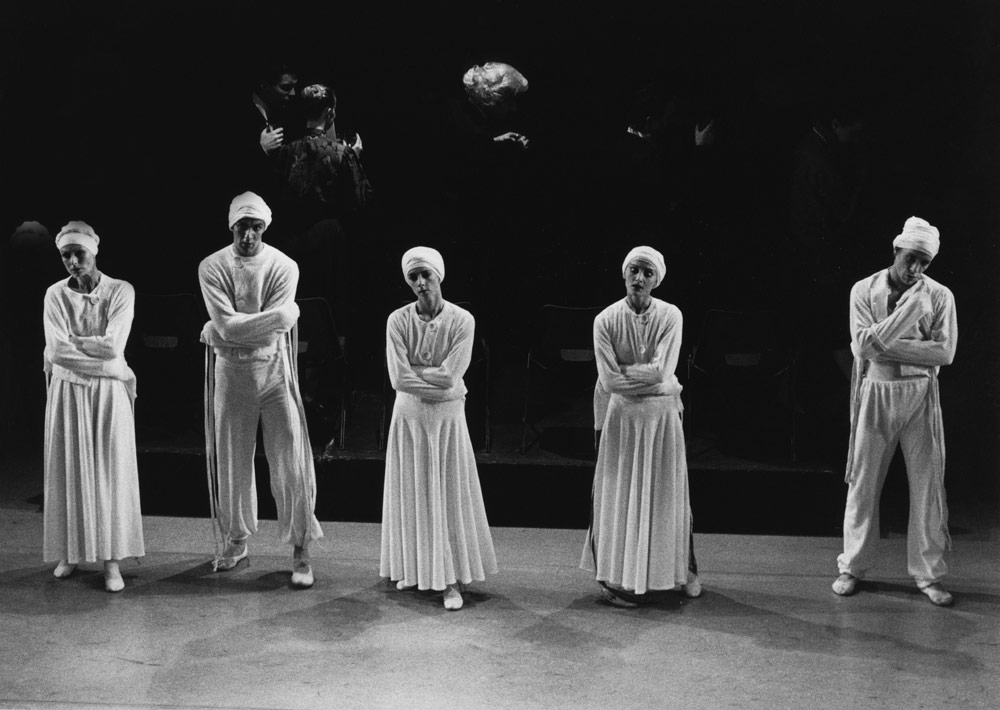
© Alan Crumlish. (Click image for larger version)
Like MacMillan, Darrell dared to tackle historical subjects, with their attendant problems of real-life plot complications that can only be revealed in a written synopsis. Darrell choreographed a Mayerling in 1963 for the Royal Winnipeg Ballet, long before MacMillan did his for the Royal Ballet; he attempted Mary Queen of Scots in 1976 for Scottish Ballet. When Darrell visited the Royal Opera House during MacMillan’s tenure as director of the Royal Ballet, Darrell would curtsey to him in the Crush Bar as his rival Queen from the north, murmuring ‘Of course, we never met’.
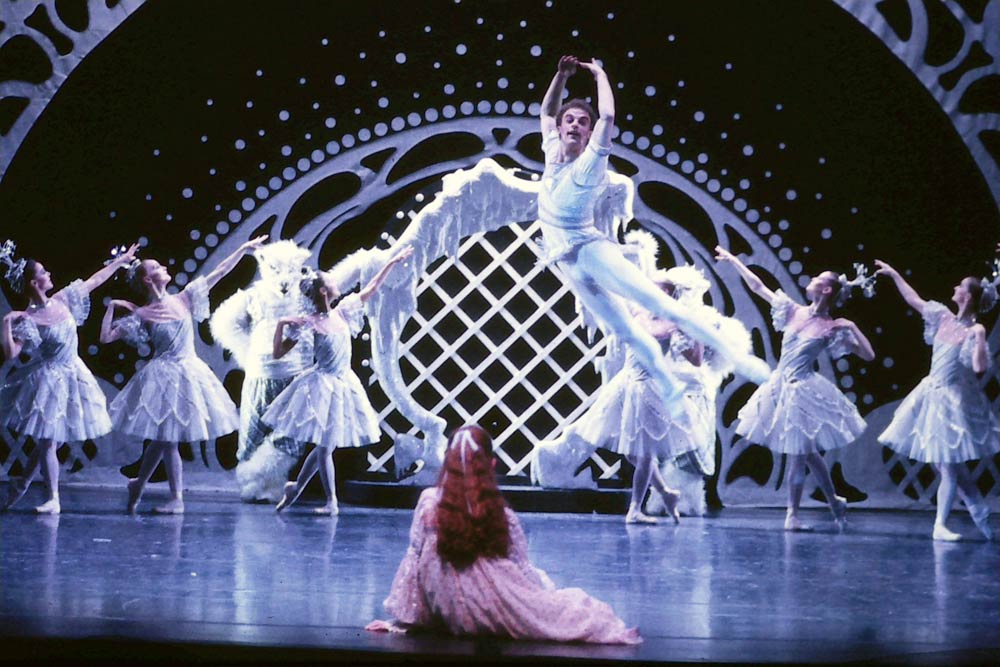
© Alan Crumlish. (Click image for larger version)
Once he had built up Scottish Ballet to the point of tackling the classics, Darrell mounted his own versions to suit his company and audiences. At the Trust celebration in Glasgow’s Tramway complex, we watched a private screening of his Nutcracker, created in 1973 and filmed for television in 1984, with Elaine McDonald and Davide Bombana in the leading roles. It’s charming and child-friendly, with clever touches that link characters in Act I with the diverts in Act II. Even with additional dancers for the TV version, Darrell had just 10 snowflakes, 3 Mirlitons and 12 waltzing flowers – yet there was nothing small-scale about the production or the dancing. Could it be rethought for a revival?

© Alan Crumlish. (Click image for larger version)
Elly Taylor, who was assistant to Keith Alexander on The Nutcracker filming, is producer/director of the Darrell documentary for the ArtWorks strand on BBC2 Scotland. To her regret, it had to be restricted to 30 minutes. In it, Michael Clark pays tribute to Darrell for setting him on a dance career as a 10-year-old boy in The Nutcracker. Some 12 years later in 1985, Darrell commissioned Hail the Classical! from him.

© Alan Crumlish. (Click image for larger version)
Matthew Bourne acknowledges his own debt to Darrell’s Swan Lake, which he saw at Sadler’s Wells as a student and was blown away. As Bourne points out, he followed Darrell in making the unhappy Prince the centre of the story in his Swan Lake; the endings of both versions bear a strong resemblance. Bourne’s Highland Fling is to enter Scottish Ballet’s rep. next year, so Darrell’s influence lives on.

© Alan Peebles. (Click image for larger version)
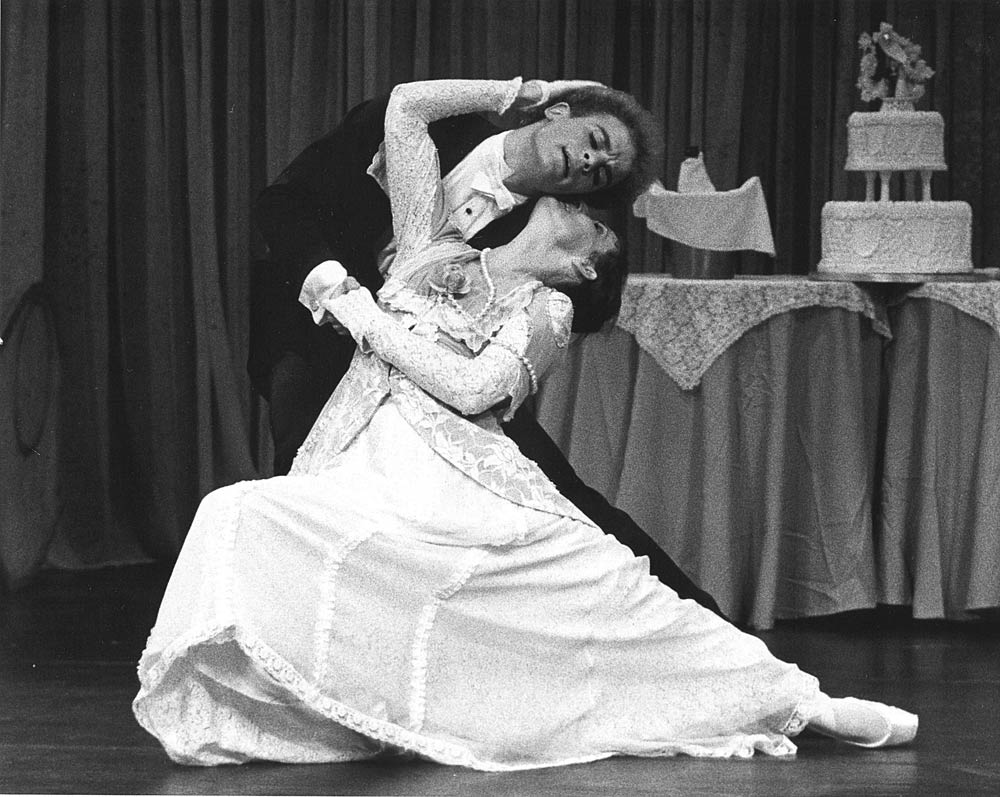
© Alan Crumlish. (Click image for larger version)
The documentary concludes with a restaging for TV of a pas de deux from Darrell’s Chéri (1980), danced by Claire Robertson and Owen Thorne, present members of the company coached by former ones. The extract serves as yet another reminder of how expressive, and how restrained, Darrell’s choreography could be.
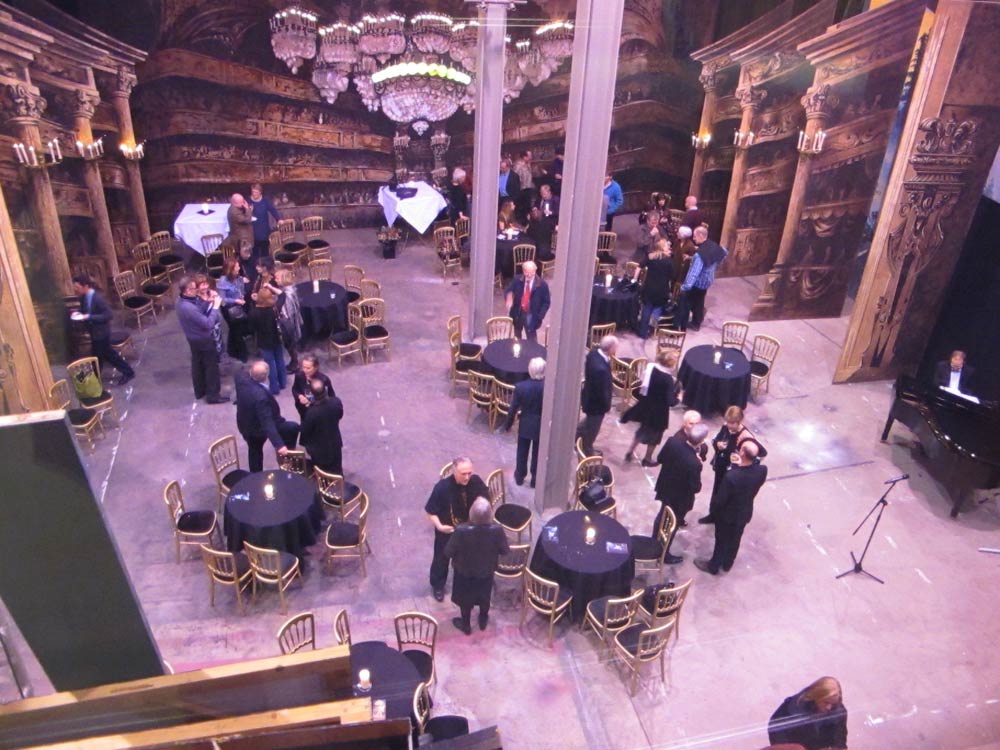
© Euan Petrie. (Click image for larger version)
He would surely have enjoyed the 25th anniversary party in his honour in the scene dock of Scottish Ballet’s home in The Tramway arts centre. Completed in June 2009 by Malcolm Fraser Architects, it has three airy, light-filled studios and plenty of room for workshops, meeting places, offices and technical support. Current staff of Scottish Ballet, with their new director Christopher Hampson, board members and Trust friends, mingled with dancers and ballet mistresses/masters who had known Darrell well. There had been mascara-streaked faces in the ladies’ loo after the two screenings, as former dancers recovered their composure after seeing the filmed ghosts of their younger selves and of those no longer with us. Their desire for the Darrell heritage to be remembered remains strong – and the present management appears to be listening.


© Euan Petrie. (Click image for larger version)


Books on Peter Darrell and his work
Man of Tomorrow: Peter Darrell
published 1998 by the Peter Darrell Trust.
Amazon details
A Ballet for Scotland : the first ten years
by Noel Goodwin, publ. Canongate 1979
Abebooks details
Scottish Ballet: Forty Years
by Mary Brennan, publ. Saraband 2009
Balletco review
Many and great thanks to Alan Crumlish, Angela Petrie, Elly M Taylor and Scottish Ballet for help with pictures for this page – very much appreciated.










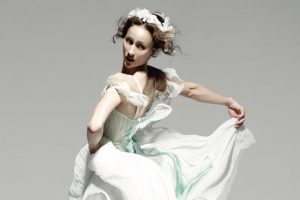

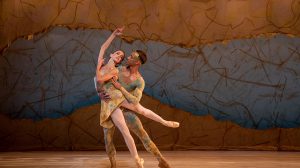
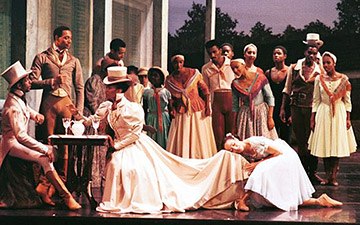

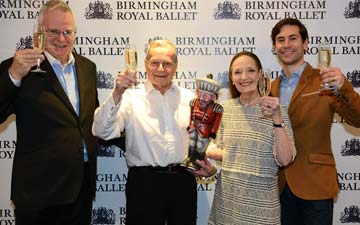

You must be logged in to post a comment.